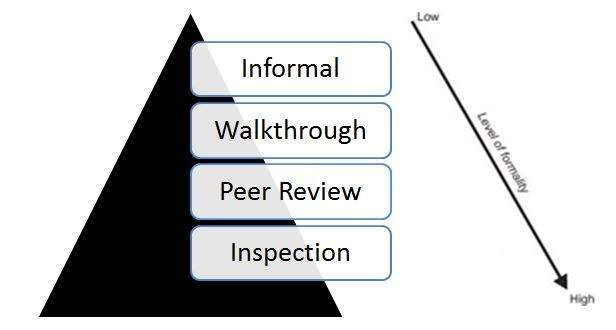What is Severity?
A nightmare of any QA engineer is a bug which returns from production. You work hard, you try to check every possible flow, you test it for 8+ hours per day, and after the release the user within a week reports a critical problem. How is it possible? Why it happens and how to fix it? I split possible defects. Aug 22, 2019 A defect is a shortcoming, an imperfection or a flaw in any system, which deviates the actual result from the expected one. Moreover, when the result does not meet the requirements or expectations of the end user, it is termed as a defect, error, or a bug. In software testing, Defect.
Severity is defined as the degree of impact a Defect has on the development or operation of a component application being tested.
Higher effect on the system functionality will lead to the assignment of higher severity to the bug. Quality Assurance engineer usually determines the severity level of defect
What is Priority?
Priority is defined as the order in which a defect should be fixed. Higher the priority the sooner the defect should be resolved.
Defects that leave the software system unusable are given higher priority over defects that cause a small functionality of the software to fail.

Defect Severity and Priority Types
In Software Testing, Defect severity can be categorized into four class
- Critical: This defect indicates complete shut-down of the process, nothing can proceed further
- Major: It is a highly severe defect and collapses the system. However, certain parts of the system remain functional
- Medium: It causes some undesirable behavior, but the system is still functional
- Low: It won't cause any major break-down of the system
Defect priority can be categorized into three class
- Low: The Defect is an irritant but repair can be done once the more serious Defect has been fixed
- Medium: During the normal course of the development activities defect should be resolved. It can wait until a new version is created
- High: The defect must be resolved as soon as possible as it affects the system severely and cannot be used until it is fixed
Tips for determining the Severity of a Defect
Defect Types In Testing
- Decide the frequency of occurrence: In some cases, if the occurrence of a minor-defect is frequent in the code, it can be more severe. So from a user's perspective, it is more serious even though it is a minor defect.
- Isolate the defect: Isolating the defect can help to find out its severity of the impact.
Priority vs Severity: Key Difference
|
|
|
|
|
|
|
|
|
|
|
|
|
|
|
|
|
|
|
|
Example of Defect Severity and Priority
Defect Types In Software Testing Near Me

Let see an example of low severity and high priority and vice versa
- A very low severity with a high priority: A logo error for any shipment website, can be of low severity as it not going to affect the functionality of the website but can be of high priority as you don't want any further shipment to proceed with the wrong logo.
- A very high severity with a low priority: Likewise, for flight operating website, a defect in reservation functionality may be of high severity but can be a low priority as it can be scheduled to release in a next cycle.
Defect Triage
Defect triage is a process that tries to do the re-balancing of the process where the test team faces the problem of limited availability of resources. So, when there are large number of the defect and limited testers to verify them, defect triage helps to try to get as many defects resolved based on defect parameters like severity and priority.

How to determine Defect Triage:
Most systems use priority as the main criteria to assess the defect. However, a good triage process considers the severity as well.
The triage process includes the following steps
- Reviewing all the defects including rejected defects by the team
- Initial assessment of the defects is based on its content and respective priority and severity settings
- Prioritizing the defect based on the inputs
- Assign the defect to correct release by product manager
- Re-directs the defect to the correct owner/team for further action
Guidelines that every tester should consider before selecting a severity
Defect Types In Software Testing Center
Severity parameter is assessed by the tester whereas the priority parameter is assessed by the product manager or by the triage team. For prioritizing the defect, it is imperative for a tester to choose the right severity to avoid confusion with the development team.
- Understand the concept of priority and severity well
- Always assign the severity level based on the issue type as this will affect its priority
- Understand how a particular scenario or Test Case would affect the end-user
- Need to consider how much time it would take to fix the defect based on its complexity and time to verify the defect
Types Of Software Defects
Conclusion:
Software Defects Categories
- In Software Engineering, Assigning wrong severity to defect can delay the STLC process and can have some drastic implication on the overall performance of the team. So, the responsible person needs to be precise and accurate on its call for assigning defect.